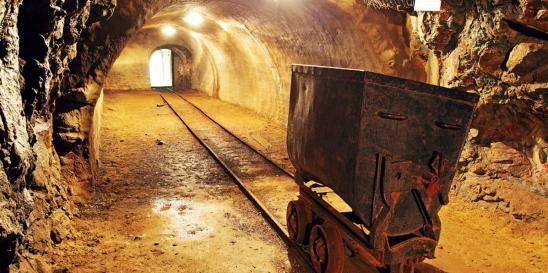In the new clean energy sector, they are a resource as valuable and limited as oil, and the control and sourcing of these critical minerals have become a national security concern for Washington.
Latest Developments
The 2022 Inflation Reduction Act (IRA) has become a primary US legislative mover to incentivize the domestic mining and processing of critical minerals. The IRA also attempts to wean the United States off of its reliance on certain countries’ critical minerals. In doing so, the IRA implements a “carrot” and “stick” approach to reshoring the US critical mineral supply chain in the following ways:
- The full amount of the Section 30D clean vehicle credit, also known as the IRA’s “consumer” EV tax credit, is only available if the EV’s battery contains a certain percentage of critical minerals from the United States or its free trading partners, which will increase through 2030. In April 2023, the US Department of the Treasury published proposed rules on how to perform calculations on reaching this minimum percentage.
- At the same time, by 2025, an EV will be ineligible for the 30D credit if its battery contains any critical minerals extracted, processed, or recycled by a “foreign entity of concern.” Just last month, the Treasury proposed regulations which provided more details on this restriction. Among other things, the proposed rule provides some key definitions which have implications for joint ventures operating in third countries (which is not an uncommon arrangement for critical mineral suppliers), as well as transitional rules for certifying compliance and an exception for non-traceable battery materials.
- On the producer side of the IRA’s tax incentives, the 45X credit provides a production tax credit for domestic manufacturers of certain "eligible components" for solar and wind energy, inverters, battery components, and critical minerals. While the tax credits phase out by 2030 for other components, the 45X credit remains evergreen for critical minerals. The Treasury’s December 15, 2023, proposed rule provides some much-needed clarification on certain aspects of taking advantage of this credit, including the all-important definition of the phrase “produced by the taxpayer,” which requires a “substantial transformation” of constituent elements, materials, or subcomponents into a new and different article.
‘This concept borrows heavily from CBP’s “substantial transformation” test often used to determine origin under US trade and import laws.’
Below please find the links to the federal notices cited in this alert.
- US Treasury Notice of Proposed Rulemaking: Section 30D New Clean Vehicle Credit (April 17, 2023, comment period closed)
- US Treasury Notice of Proposed Rulemakings: Section 30D Excluded Entities (December 4, 2023, comments due January 18, 2024)
- US Treasury Notice of Proposed Rulemaking: Section 45X Advanced Manufacturing Production Credit (December 15, 2023, comments due February 13, 2024)
How We Can Help
The IRA sourcing and content requirements, especially as it relates to critical minerals and other EV battery components, delve deeper into the supply chain than ever before seen in US tax legislation. However, the concepts and strategies driving the regional content calculations, supply chain solicitations, and origin certifications behind these IRA benefits are not new — they have been utilized for decades by companies seeking to maximize savings and benefits under trade rules and agreements.






 i
i


